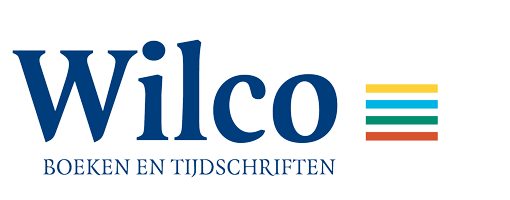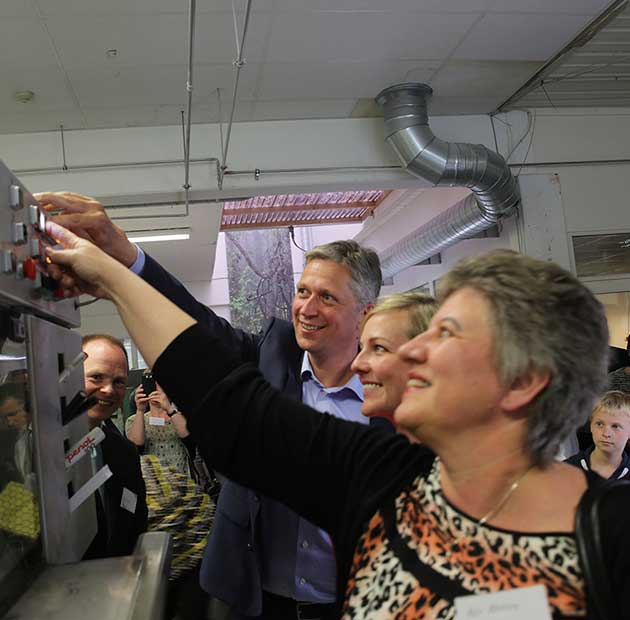
Full Sustainability
With PurePrint you get products that are Cradle to Cradle Silver certified and produced CO2 neutral (carbon offset – see here).
In order for a PurePrint print item or packaging to be certified at min. bronze level, we have had to map all ingredients in order to obtain documentation that no chemicals or heavy metals from the “Banned list of Chemicals” are added anywhere in the production process or that CMR substances are found in the product. The goal is that only substances are used that can enter healthy circulation without harming people and the environment. We recommend using the products for recycling, which makes the best use of the earth’s resources, but the products are also biodegradable. We call that more sustainable, and that was the goal of our major development project.
CRADLE TO CRADLE

ECO FRIENDLY PRODUCTS FROM START TO FINISH
KLS PurePrint has been Cradle to Cradle certified since 2015. This environmental certification guarantees that a product does not pollute, does not consume the Earth’s resources and becomes part of the natural cycles after use. The idea is to invent and produce the products, so it can be used over and over again. As a result, the products do not generate any waste and they are not toxic to humans or the environment. This is called “circular economy”.
MORE THAN A PRODUCT BRAND
Cradle to Cradle is not a product brand, but rather a certification that takes the entire life cycle of the product into account. The entire organisation must live up to the strict requirements for sustainability in five areas in order to become certified.
Non-toxic materials
The organisation commits to using only substances capable of being part of natural cycles and having no harmful effect on human beings or the environment.
Recycling of materials
The product must be able to be part of biological or technical cycles so that it does not generate waste.
Renewable energy and carbon management
The organisation must be carbon neutral and must use 100% renewable energy in all processes.
Protection of water resources
Process waste water must be sufficiently purified so that it in principle is potable.
Social responsibility
The organisation must demonstrate social responsibility based on recognised standards – for example, the Global Compact initiative.

CRADLE TO CRADLE Q&A
We are often asked questions about the Cradle to Cradle standard. We have put together a selection of these together with answers so that you can get to know Cradle to Cradle Certified™ a bit better. If you would like to receive detailed answers or source references, please let us know. We will also be happy to come to you and give you a presentation and demonstrate samples of sustainable printed matters and packaging. If there are any other questions that you would like to know the answer to, do not hesitate to send an email to beh@kls.dk, and we will get back to you promptly.
What is Cradle to Cradle Certified™?
Cradle to Cradle Certified™ is an independent international ecolabel. Also refer to the description of the label in Mærk din forretning [Certify Your Business], a book by, among other things, Jakob Zeuthen, Environmental Policy Director at the Danish Chamber of Commerce. It says:
“The international Cradle to Cradle Certified™ Product Standard is a design concept, where products are part of biological or technical cycles, creating value for people, the environment and the economy. The standard is administered by an independent organisation, the Cradle to Cradle Products Innovation Institute.”
It also mentions that one of the strong points of the label is its recognition by B-Corp, LEED, BREEAM and DGNB, which contributes to its international visibility. The organisation is described as inclusive and transparent.
Who is behind Cradle to Cradle?
As early as in the 1990s, the principles of a cradle to cradle approach – Cradle to Cradle – began to be discussed. The concept got its big break in 2002, when American architect William McDonough and German chemist Michael Braungart published the book: “Cradle to Cradle: Remaking the Way We Make Things”, translated into Danish as: “Cradle to Cradle – Rigdom og vækst uden affald”. The book remains available for purchase and is highly recommended
Is Cradle to Cradle a private American label?
No, certainly not. The owner of the certification scheme, the Cradle to Cradle Products Innovation Institute, is an independent non-profit organisation. It operates internationally from offices located in the USA and the Netherlands.
Why did KLS PurePrint opt for Cradle to Cradle Certified™?
In our work to become the greenest printing house in the world, we sought out the world’s ecolabel that, in our opinion, set the toughest requirements and best documented our work to close the loop and create a circular, waste-free business model. We also wanted to work towards zero tolerance for hazardous chemicals. In our opinion, the label that met our objectives the best was the international Cradle to Cradle Certified™ ecolabel. Moreover, Cradle to Cradle also places requirements for continual improvement. The objective is to make sure that a product only contains materials that are healthy for both humans and the environment. Therefore, the choice fell on Cradle to Cradle Certified™.
Is it only the product that is Cradle to Cradle certified?
No, Cradle to Cradle Certified™ is holistic/comprehensive label that, in addition to taking into account a product’s properties, also takes into account all other aspects of production, subcontractors, impact on society, CSR, etc. Manufacturers are certified in five specific areas, as follows:
- Material health
- Material reutilisation
- Use of renewable energy and CO2 management
- Water resources management
- Corporate social responsibility
Cradle to Cradle further works five levels of certification, from Basic, through Bronze, Silver, Gold and ultimately to Platinum. KLS PurePrint is currently at Silver level. For further information, see www.vuggetilvugge.dk
Certain more specific measures include KLS PurePrint’s use of FSC-certified European timber, where felling is always accompanied by replanting, the use of renewable wind energy only and the operation of electric cars only. We have been carbon-neutral (carbon offset — see here) since 2009.
Is it permitted to use hazardous chemicals and heavy metals in the production of a Cradle to Cradle certified printed matter or packaging?
The certification of any PurePrint product requires the mapping of all of its constituent substances and the issue of documentation that the product does not contain any CMR substances and that no stage of its production process employs chemicals or heavy metals from the “Banned list of Chemicals”. The objective is to exclusively use substances that can be included in the cycles of nature without harming either people or the environment. The principle requires full identification of everything incorporated into the product. All of the product’s constituent substances have to be identified. The initial stage is to ensure that the product complies with the “Banned List of Chemicals”. This is a basic requirement where compliance is only required at the lowest level, Basic, which is a two-year learning level that does not give the right to label the product with the Cradle to Cradle logo. From Bronze level, all content that stands for 1/10,000 of the weight of the product (0.01% or 100 ppm) or more is declared and assessed based on a strict set of criteria.
Products often contain ingredients from typically 4-5 subcontractors or, to put it in another way, we go all the way back to the supplier of the supplier of the supplier of the supplier of our own supplier to obtain knowledge about all chemicals. KLS PurePrint is Cradle to Cradle Silver certified.
Is Cradle to Cradle Certified™ committed to the recycling of printed matters and packaging?
Yes, this is one of the fundamental principles of the circular economy. A Cradle to Cradle certification demands that recycling take place at the highest value level possible. In Denmark, this means that paper and board need to be recycled as many times as possible. Denmark has a well-organised return system that guarantees that natural wood fibres are reused five to eight times before being incinerated. Fibre recycling requires the cleaning and pre-processing of fibres prior to reuse, a process that needs chemicals and energy for heating. At present, 50 – 55 per cent of fibres in Denmark are recycled. The rest is incinerated directly or is otherwise lost. Once fibres have been in contact with food, their recycling is not permitted, as they either end up dissolving or pose a risk of bacterial contamination. KLS PurePrint always recommends recycling, as this is what exerts the lowest environmental impact.
Is it important for printed matters and packaging to be biodegradable?
It is not permitted to recycle food contact materials. In this situation, biodegradability is therefore the primary intended scenario. Biodegradability also provides a good guarantee that materials that are not recycled for one reason or another will not introduce any harmful chemicals and heavy metals into the environment. Cradle to Cradle demands that products be recycled in the most expedient manner. However, only up to 55 per cent of fibres are currently recycled, which is why it is also relevant to see to the environmentally sustainable processing of the rest.
Is KLS PurePrint only Cradle to Cradle certified?
No, KLS PurePrint was one of the first printing houses in Denmark to be awarded the Nordic Swan Ecolabel back in the 1990s. We have since become FSC certified, Carbon Neutral certified, ISO 14001 certified, pledged commitment to the UN’s Global Compact, all of which was then followed by the Cradle to Cradle certification. We continually work with different types of documentation to ensure that our sustainability profile is well-documented and supported by external evaluations and certifications. Ecolabels are not an end in themselves but are rather necessary documentation for KLS PurePrint’s environmental work
Are there any other Cradle to Cradle certified Danish companies?
Yes, there are currently a good many Danish companies holding Cradle to Cradle certifications, among other things, Egetæpper, Troldtekt, Dansign, Gabriel boligtekstiler, Kalk, KE Fibertec, Rheinzink, Derbigum and Dansk Wilton.
Are there any examples of foreign Cradle to Cradle companies and how widespread is the label?
An ever increasing number of foreign companies are working according to Cradle to Cradle principles. Several major brands are on the list of Cradle to Cradle certified products. L’Oreal has launched a Garnier skincare line, G Star markets “The most sustainable jeans ever”, Wolford launched a lingerie and sock line in July 2018, and C&A are now selling ”compostable T-shirts”. There are more than 600 active Cradle to Cradle Certified™ certificates globally, covering some 10,000 certified products.
Read detailed note on Cradle to Cradle.
Where can I read more about Cradle to Cradle?
Read more on the website of the Cradle to Cradle Products Innovation Institute: https://www.c2ccertified.org/
More information in Danish is also available at https://vuggetilvugge.dk. Vugge til Vugge ApS is the only Cradle to Cradle Certified™ Accredited Assessment Body in Denmark.

CO2-NEUTRAL PRINTING
SCANDINAVIA’S FIRST CO2-NEUTRAL PRINTING HOUSE
KLS PurePrint has worked resolutely to be CO2neutral since 2006. Every single aspect of the company’s production methods and energy consumption has been analysed and mapped. Wherever improvements and optimisation were feasible, they were implemented. As early as 2009, KLS PurePrint succeeded in being the first printing house in Scandinavia to go CO2neutral.
AN ONGOING PROCESS
The company has continued to work on reducing emissions ever since. In 2010, KLS PurePrint invested in Denmark’s first electric truck and today all electricity comes from our own windmill. All company cars purchased since 2012 are electric cars. In six-years KLS PurePrint has cut expenses for heating in half and reduced electricity consumption by 38% per unit produced. As an additional environmental investment, the company has installed a climate friendly white roof that reflects solar heat and therefore reduces global warming.

ENVIRONMENT
COMPOSTABLE PACKAGING
COMPOSTABLE PACKAGING
At KLS PurePrint, we want to make our products as sustainable as humanly possible. Therefore, we are working hard to contribute to the transition to circular economy, where products are reused and materials are recycled to the highest extent possible. This is one of the reasons for becoming Cradle to Cradle certified.
However, if it is impossible to recycle certain paper and board, among other things, because of contact with food, it is important to ensure that the product is compostable and nutrients can be reused. Therefore, we have worked persistently for a number of years to have our products approved in accordance with European Composting Standard EN 13432 and have been successful with this.
The standard scrutinises products for their content of a number of chemical substances and heavy metals as well as for their biodegradability, desintegrability and compostability. The PurePrint products fulfilled all requirements and ended up being fully composted after 12 weeks (at 28 degrees), while the requirement permitted max. 26 weeks. Thus, the PurePrint packaging lives up to both industrial composting requirements and the stricter requirements for lower temperatures that correspond to home composting requirements.
The products also comply with American standard ASTM D6868 and with ISO 18606. Moreover, the products also meet the requirements in the Statutory Order on Sludge and can therefore be subjected to gasification in Denmark.
The project was carried out with the support and mentoring of the Danish Market Development Fund, which made a commitment on account of the “high news value and immense market potential” of the project.
Do not hesitate to contact us if you need in-depth information or could take an interest in having your products delivered in compostable packaging going forward.
COMPOSTABLE AND BIODEGRADABLE
A product may only be composted if it can break down, under certain conditions and within a certain time period, into carbon dioxide, water and a fraction of its original mass (10%) without leaving toxic residue behind. This decomposition process should exclusively take place using the help of micro-organisms or enzymes. Moreover, it is important to note that biodegradable is not the same as compostable, as it refers to the time that a product takes to degrade. For example, a product that takes 100 years to break down to its basic molecules would be biodegradable, yet it would only be considered compostable if the process can be accelerated to 90 days under the right conditions (source: Eco biopack).




